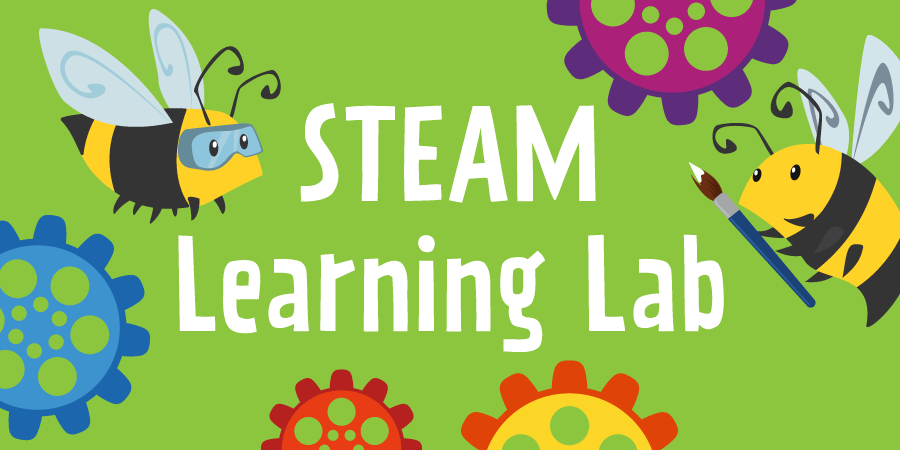
Happy April Fools’ Day! Did you know that your own eyes can play tricks on you? While the retina of your eye can perceive visual changes pretty fast, images linger for around one-tenth to one-twentieth of a second. This is called the “persistence of vision.” Making a Thaumatrope is a way to trick your own eyes by blurring 2 images together! Our Thaumatrope features a bee and some honeycomb in honor of the museum’s own bees, who are busy enjoying the April weather.
Materials:
● Large drinking glass pencil
● Scissors
● Glue
● Printed images of bee and honeycomb
● Cardboard
● 2 pieces string (at least 4 inches each)
● Hole punch or scissors
Directions:
- Take drinking glass and trace 1 circle on the cardboard
- Trace a circle around the bee image
- Trace a circle around the honeycomb image
- Cut out all 3 circles
- Use a hole punch, or poke holes with scissors, on 2 opposite sides of the cardboard circle
- Tie a piece of string to each hole
- Glue the bee on one side of the carboard
- Glue the honeycomb on the other side of the cardboard, making sure it is upside down when compared to the bee on the other side
- Let project dry for 30 minutes
- Spin string and watch the disk Twirl! Do you the the bee goes on the honeycomb?
More Fun!
● Another popular image on a thaumatrope was a bird that goes into a cage. What other animal and location combinations can you think of? You can draw your own images to make another thaumatrope.
● In the 19th century, thaumatropes were a very popular toy. Children in that century also liked to play with jump ropes, marbles and yo-yos. Do you play with any of these toys today?










